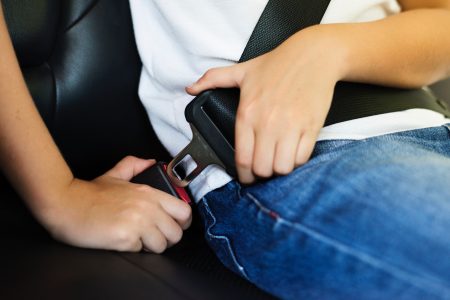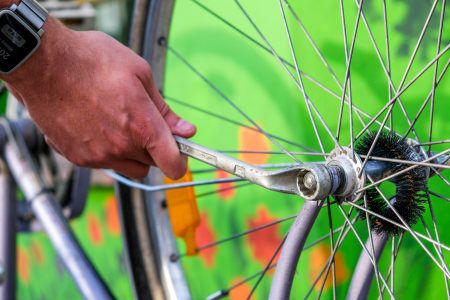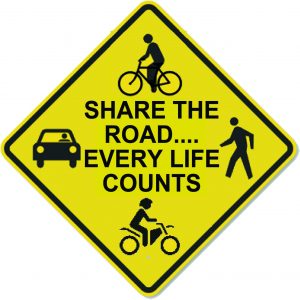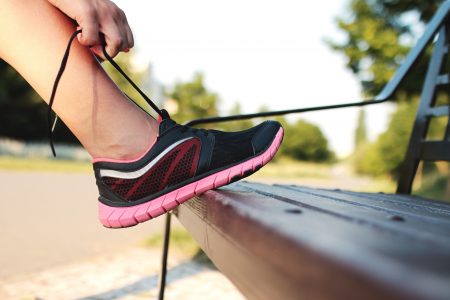On February 16, 1968, State Senator Rankin Fite phoned the police chief in Haleyville, Alabama.  Though the men had spoken before, this call was different. It was the first time 9-1-1, the new nationwide emergency number was used. Eleven years earlier, the National Association of Fire Chiefs proposed the designation of an emergency call number which was unique, easy to remember, and easy to dial.
Though the men had spoken before, this call was different. It was the first time 9-1-1, the new nationwide emergency number was used. Eleven years earlier, the National Association of Fire Chiefs proposed the designation of an emergency call number which was unique, easy to remember, and easy to dial.
Today, 9-1-1 is the universal emergency number in the US, Canada, parts of Mexico, the Philippines, and beyond. Other countries may use a different emergency number sequence. When travelling abroad, learn the universal emergency number for the area you are visiting.
The National Emergency Number Association estimates that 240 million 9-1-1 calls are made annually in the US. And, 70% of those are made on wireless devices. To make it easier for wireless callers to access 9-1-1, NJ introduced Text to 9-1-1 last fall. The ability to text is helpful to those unable to talk in an emergency and to those with hearing impairments or speech disorders.
How to send a 9-1-1 text
- Open the message app on or phone or wireless device
- In the “To” field, type “911” with no punctuation
- In the message field, type the location (address and municipality) and a brief description of the problem (ex. 123 Main St Franklin I hear someone breaking in)
- Press “Send”
- Be prepared to answer questions and follow instructions from the 9-1-1 call taker. Keep text messages brief and concise.
When to text 9-1-1
If you have a speech or hearing impairment, notify 9-1-1 so they can inform responders
If speaking may cause you harm such as a break-in or domestic violence. REMEMBER OT SILENCE YOUR PHONE SO THE SOUND OF THE 9-1-1 REPLY DOESN’T GIVE YOU AWAY.
If you are with a group and some members are doing something dangerous or illegal
If lack of service makes a voice call impossible, you may be able to get data service to send a text
DO NOT attempt to send videos or photos. Limit your message to TEXT ONLY. Be as specific as possible about your location. Provide as much of the following as possible:
- Exact address including unit/apartment number and city
- Business name
- Names of both streets at the nearest intersection
- Landmarks
Once you have begun texting, do no end the session until then 9-1-1 operator instructs you to do so. Text to 9-1-1 cannot include more than 1 person. Do not copy your emergency to anyone other than
9-1-1. Wait until you are safe to notify others. Translation services for text to 9-1-1 are not available. Text in English only.
 Now that the holiday season is in full swing, many of us will be checking our lists and heading out to the malls and town centers for holiday shopping. To help you shop safely, we’ve put together some Holiday Shopping tips.
Now that the holiday season is in full swing, many of us will be checking our lists and heading out to the malls and town centers for holiday shopping. To help you shop safely, we’ve put together some Holiday Shopping tips.
 Centers for Disease Control and Prevention, seat belts reduce the risk of death in vehicle accidents by around 50%. This being the most important reason you should always have a seat belt buckled around you.
Centers for Disease Control and Prevention, seat belts reduce the risk of death in vehicle accidents by around 50%. This being the most important reason you should always have a seat belt buckled around you. Everyone loves a trip to the beach, right? Watching the waves crashing, children playing in the sand, and feeling the warmth of the sun makes for the perfect beach day!
Everyone loves a trip to the beach, right? Watching the waves crashing, children playing in the sand, and feeling the warmth of the sun makes for the perfect beach day!
 We all use the roads and we’d each prefer to do so without the other in the way.
We all use the roads and we’d each prefer to do so without the other in the way.

 It’s a beautiful, sunny day and you just spent part of your day tossing tennis balls to your furry friend at the park. Heading home, you realize you need to pick up a few things from the supermarket; it should only take about five minutes. Sure, the sun is shining and it is about 80 degrees, but it will only be a few minutes, so there is no harm in leaving your friend in the car, right?
It’s a beautiful, sunny day and you just spent part of your day tossing tennis balls to your furry friend at the park. Heading home, you realize you need to pick up a few things from the supermarket; it should only take about five minutes. Sure, the sun is shining and it is about 80 degrees, but it will only be a few minutes, so there is no harm in leaving your friend in the car, right? Lace your sneakers. Check your watch. Stretch your legs. But before taking a lap around your block, check out our running safety tips:
Lace your sneakers. Check your watch. Stretch your legs. But before taking a lap around your block, check out our running safety tips: Though the men had spoken before, this call was different. It was the first time 9-1-1, the new nationwide emergency number was used. Eleven years earlier, the National Association of Fire Chiefs proposed the designation of an emergency call number which was unique, easy to remember, and easy to dial.
Though the men had spoken before, this call was different. It was the first time 9-1-1, the new nationwide emergency number was used. Eleven years earlier, the National Association of Fire Chiefs proposed the designation of an emergency call number which was unique, easy to remember, and easy to dial.